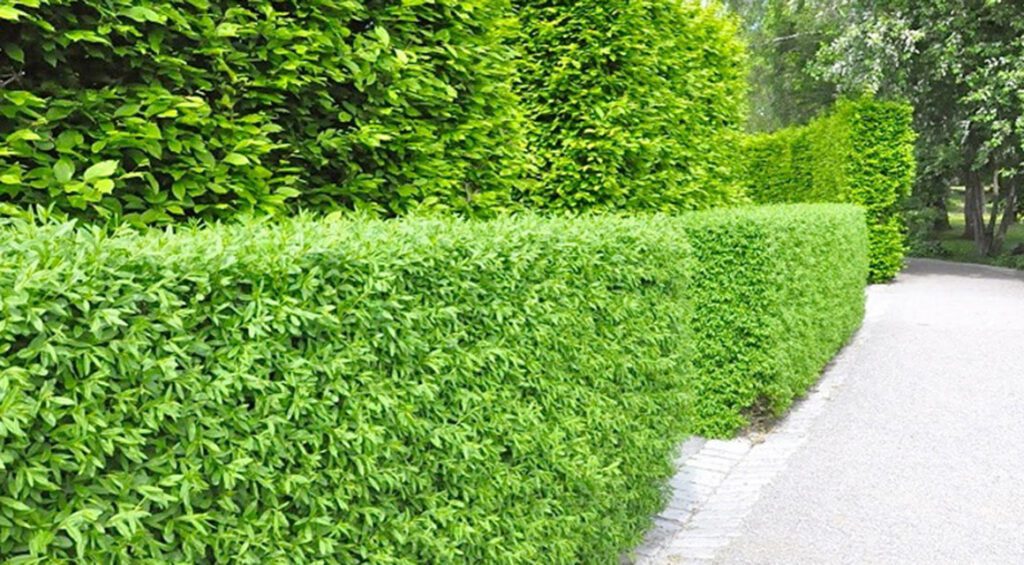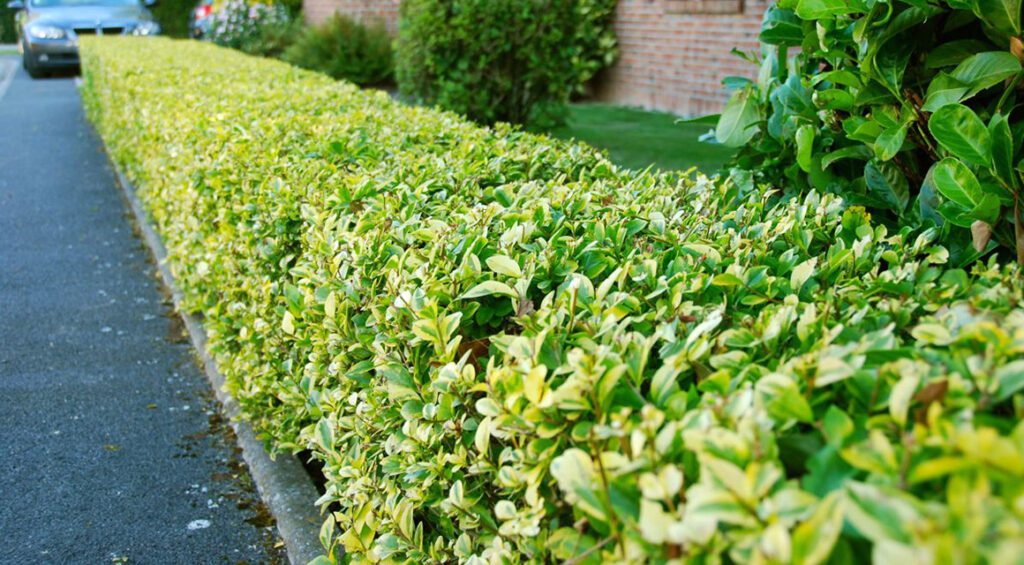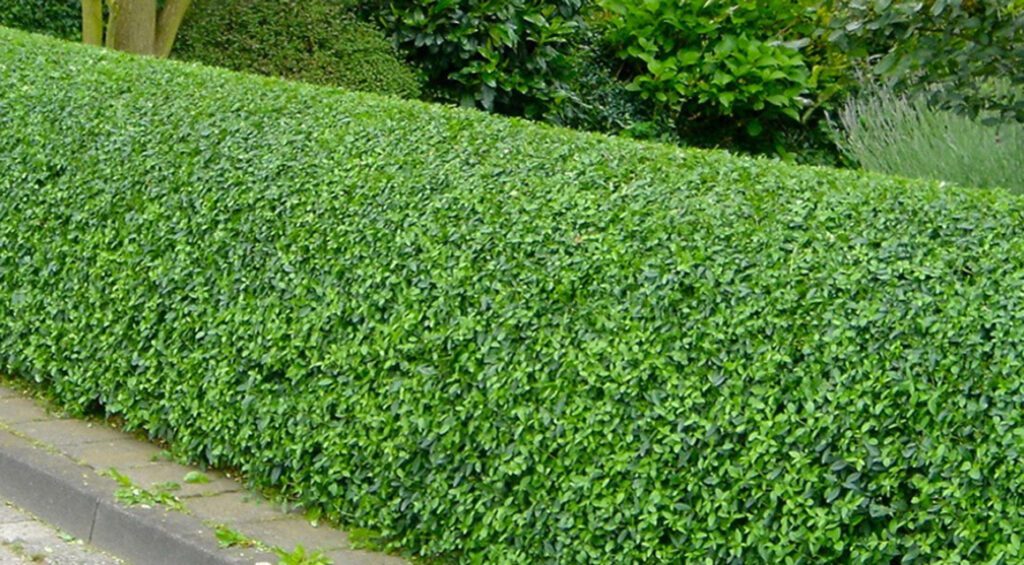Privet is a hedge plant that has a long tradition in our country. It is an attractive and robust plant with small oval leaves of light to dark green color. There are even varieties with yellow-edged leaves. Many people ask the legitimate question whether the privet is wintergreen. It depends on the variety and also on the severity of winter.

Contents
Which privet is wintergreen?
There are several types of privet available:
- Oval-leaved privet
- Golden privet
- Common privet
- Wintergreen privet ‘Atrovirens’
All of these privet species retain their foliage during a normal winter. When the winter is more severe, the Oval-leaved Privet (Ligustrum ovalifolium) and the Common Privet (Ligustrum vulgare) shed almost all of their leaves. Golden privet (Ligustrum ovalifolium ‘Aureum’) sheds only about half of its foliage. Wintergreen privet (Ligustrum vulgare ‘Atrovirens’) retains about three-quarters of its leaves even in cold winters. This is what makes wintergreen privet so suitable for our climate.
Since privets shed some of their foliage, they can be found in our online store among the deciduous hedge plants. Unfortunately, we cannot guarantee that they always keep all their foliage in winter. Golden privet and wintergreen privet are considered semi-wintergreen because they retain most of their foliage. Most species drop their leaves during cold winters. Nevertheless, these plants are hardy well. Leaves shed in winter are replaced by new shoots in spring.

What is the best location for privet?
Why is the privet so popular? Privet does not have any special requirements for its location. It grows in both a sunny and a shady place. The privet likes it a little brighter: if it stands too shady, the edges of the leaves lose their golden color and turn green. The privet is also not very demanding when it comes to soil. Even on poor sandy soils it still grows quite well.

When to cut privet?
Privet hedges: already a success for years! And to keep the privet hedge full and beautiful, it should be cut twice a year. The first time you cut at the end of spring, when the plant has had its biggest growth spurt. The second pruning is done at the end of summer, so that the privet hedge is nice and tight in winter.
If the privet hedge is trimmed regularly, it’s not too difficult to get the hedge in nice shape. This makes privet ideal especially for beginners in the garden.

